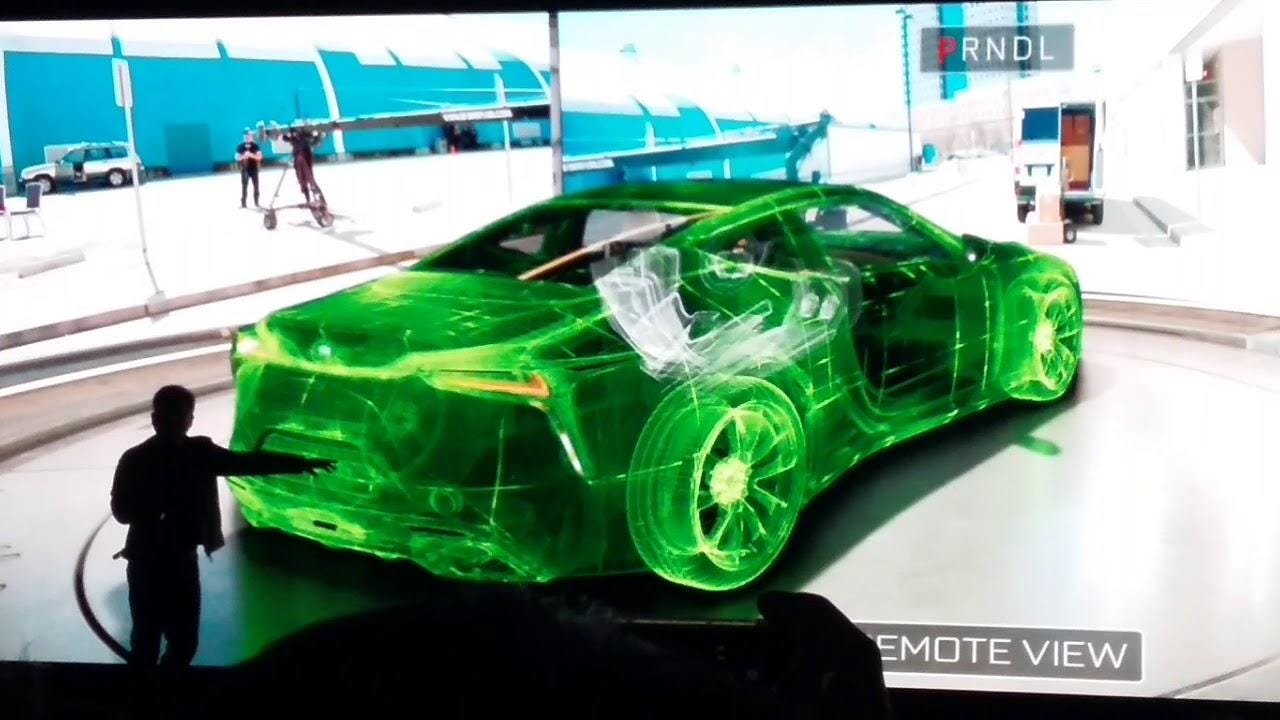Software-powered simulation is like VR goggles for autonomous vehicles in training


see also
Following a pedestrian fatality involving one of Uber's self-driving vehicles in March of last year, the sector has faced increased scrutiny and calls for stricter safety. Curiously, that's made it more difficult in some ways for developers of self-driving vehicles to create safe platforms.
The big challenge comes down to testing: It's impossible to validate the safety and effectiveness of autonomous vehicle technology without putting vehicles through their paces over years of driving. But strict regulatory environments make it tricky for companies to test vehicles in ways that accurately reflect everything the real world might throw at a self-driving car.
One part of the answer is to simulate road conditions. Last year, NVIDIA introduced its Drive Constellation system, a simulator for autonomous vehicles. Now the company is teaming up with Israel-based simulation company Cognata to offer autonomous vehicle developers hyper-realistic traffic scenarios, potentially speeding up testing and validation within automated driving development. The solution is like a metaphorical pair of VR goggles for a self-driving car.
"Cognata and NVIDIA are creating a robust solution that will efficiently and safely accelerate autonomous vehicles' market entry," Cognata CEO Danny Atsmon says. "Highly accurate and scalable traffic model simulation technology is essential to validate autonomous vehicle systems within nearly infinite combinations of real-world scenarios."
NVIDIA's Drive Constellation system relies on the computing power of two different servers to generate millions of miles of roads covering a vast array of traffic conditions. The first server runs software to simulate a self-driving vehicle's sensors, while the second processes the simulated data as if it were actually driving on the road.
Cognata will provide AI-powered traffic agents based on real-world driver behavior to enable the creation of highly-realistic road scenarios.
"NVIDIA and Cognata share the vision of using large-scale, cloud-based, open simulation to thoroughly and safely train and test self-driving cars under endless challenging situations," said Zvi Greenstein, general manager at NVIDIA. "This offering will help accelerate the safe deployment of autonomous vehicles."
The upshot may be reduced testing time and cost, but safety is another potential beneift. By simplifying the process of creating advanced scenarios, the simulation gives developers a powerful tool to work out bugs in their autonomous vehicle sensing and computing platforms before putting human life at risk.
The system will be on display at GTC, a GPU technology conference in San Jose this week.